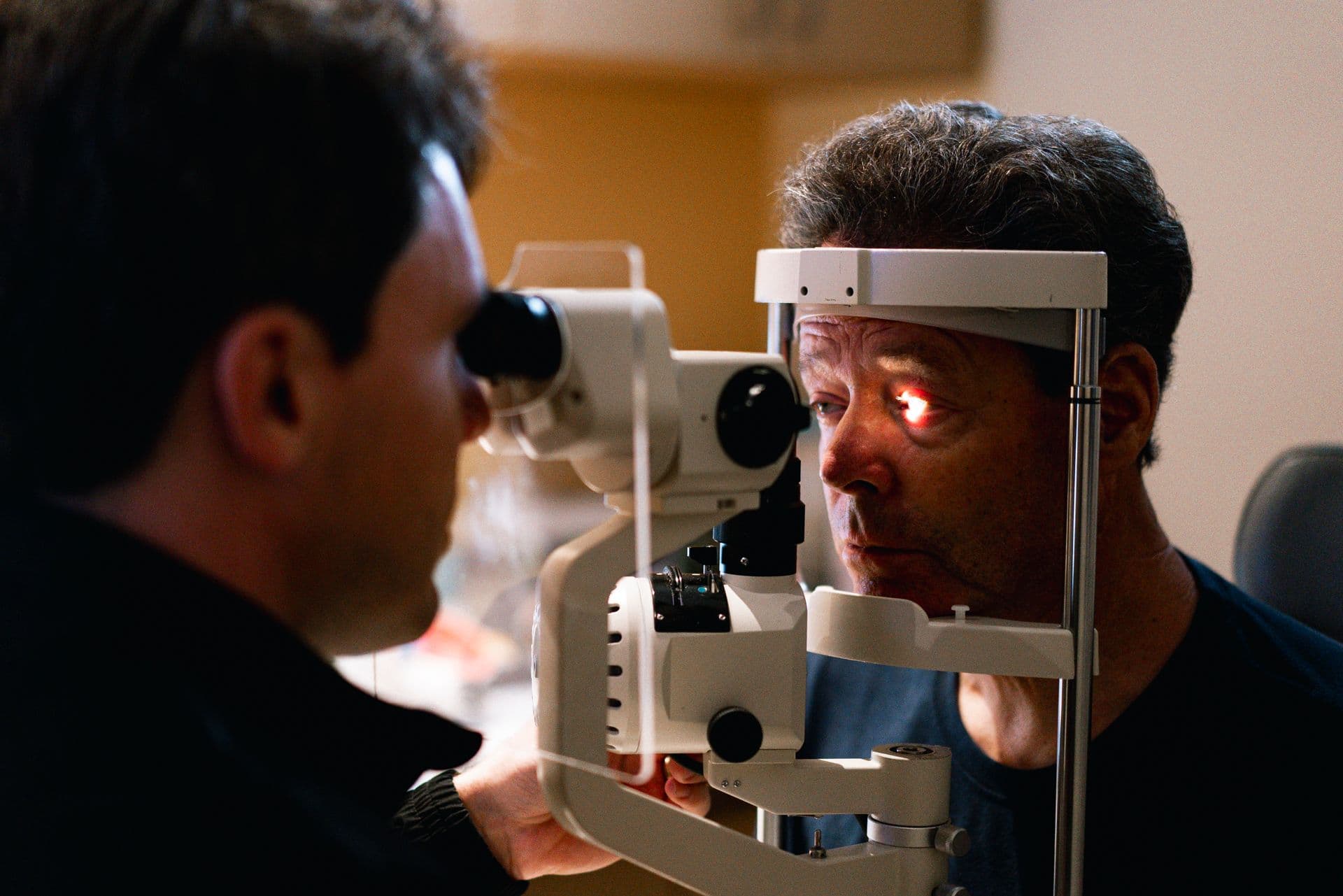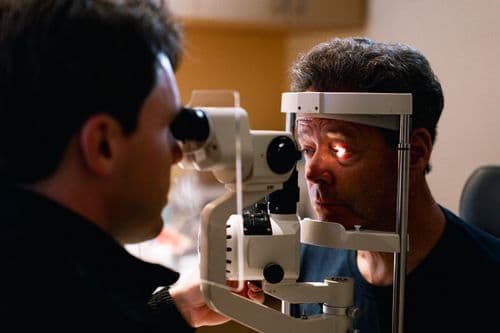


Astigmatism is a common refractive error in the eye, affecting millions of people worldwide. Unlike nearsightedness (myopia) or farsightedness (hyperopia), astigmatism is characterized by an irregular shape of the cornea or lens. This blog will delve into what astigmatism is, its causes, symptoms, how it affects vision, and the various treatment options available, including LASIK for astigmatism.
Astigmatism is a condition that occurs when the cornea or lens of the eye is not perfectly spherical. In a normal eye, the cornea and lens are uniformly curved, allowing light to focus directly on the retina. However, in astigmatism, the irregular shape causes light to focus on multiple points either in front of or behind the retina, leading to distorted or blurred vision. This refractive error can occur in conjunction with myopia or hyperopia, making it a multifaceted vision issue.
The exact cause of astigmatism is not entirely understood, but several factors contribute to its development.
1. Genetics: Astigmatism often runs in families, suggesting a genetic predisposition. If one or both parents have astigmatism, their children may be more likely to develop it.
2. Corneal Shape: The most common cause of astigmatism is an irregularly shaped cornea. Instead of being round like a basketball, the cornea may be shaped more like a football, causing uneven refraction of light.
3. Lens Distortion: In some cases, astigmatism can be caused by irregularities in the shape of the lens inside the eye. This type of astigmatism is less common but can still significantly impact vision.
4. Eye Injuries or Surgery: Trauma to the eye or previous eye surgeries can lead to changes in the shape of the cornea, resulting in astigmatism.
5. Keratoconus: This progressive eye disease causes the cornea to thin and bulge outward, leading to irregular astigmatism.
Understanding these causes is crucial for identifying individuals at risk and implementing early intervention strategies.
The symptoms of astigmatism can vary in severity and may develop gradually. Some common symptoms include:
Recognizing these symptoms early can lead to timely diagnosis and treatment, significantly improving the quality of life for those affected.
Normal vision allows light rays to focus on a single point on the retina, resulting in clear images. In contrast, astigmatism causes light to scatter and focus at multiple points, which distorts the visual image. This can lead to challenges in everyday activities such as driving, reading, and recognizing faces.
1. Normal Vision vs. Astigmatism: In normal vision, the cornea has a smooth, round shape that enables light rays to enter the eye uniformly. Conversely, in astigmatism, the irregular corneal shape leads to uneven refraction, causing objects to appear blurry or distorted.
2. Impact on Daily Activities: Those with astigmatism may struggle with tasks that require sharp vision. For instance, reading fine print, watching television, or even engaging in sports can become challenging. This difficulty can lead to frustration and reduced confidence in various activities.
3. Compounding Effects: If left uncorrected, astigmatism can lead to other issues such as worsening vision over time or the development of amblyopia (lazy eye) in children. Early detection and treatment are crucial to prevent these potential complications.
Correcting astigmatism typically involves the use of corrective lenses or surgical options. The following are common methods to address astigmatism:
1. Eyeglasses: Prescription glasses are the most common solution. They contain cylindrical lenses that counteract the irregular shape of the cornea, allowing light to focus correctly on the retina.
2. Contact Lenses: Specially designed toric contact lenses can also correct astigmatism by providing a more stable vision solution. These lenses are weighted at the bottom to maintain proper orientation on the eye.
3. Refractive Surgery: For individuals seeking a more permanent solution, refractive surgery options are available. The most popular methods include:
LASIK is a popular and effective procedure for correcting astigmatism, offering numerous benefits:
The LASIK procedure generally involves the following steps:
1. Preoperative Consultation: A thorough eye examination is conducted to determine the suitability of LASIK for the patient. This includes measuring corneal thickness, mapping the cornea, and assessing overall eye health.
2. Preparation: On the day of the surgery, the patient is positioned comfortably, and a numbing eye drop is applied to minimize discomfort.
3. Creating the Flap: A thin flap is created on the surface of the cornea using either a microkeratome or a femtosecond laser.
4. Reshaping the Cornea: The surgeon uses a laser to reshape the underlying cornea, correcting the refractive error associated with astigmatism.
5. Replacing the Flap: The corneal flap is then carefully repositioned, where it adheres naturally without the need for stitches.
6. Postoperative Care: Patients are given specific aftercare instructions and scheduled for follow-up visits to monitor healing and vision improvement.
While LASIK is a suitable option for many individuals with astigmatism, certain criteria must be met:
Astigmatism is a prevalent eye condition that can significantly impact vision if left uncorrected. Understanding what astigmatism is, its causes, symptoms, and treatment options empowers individuals to seek appropriate care and improve their quality of life. Whether through eyeglasses, contact lenses, or LASIK for astigmatism, various effective solutions are available to restore clear vision.
If you suspect you have astigmatism or are experiencing any related symptoms, it’s essential to consult with an eye care professional. Early diagnosis and intervention can lead to successful management of the condition, allowing you to enjoy clearer, more comfortable vision.

Call Us: (858) 452-3937
8:30AM - 7:00 PM - Monday through Saturday (Saturday until 11:30AM)